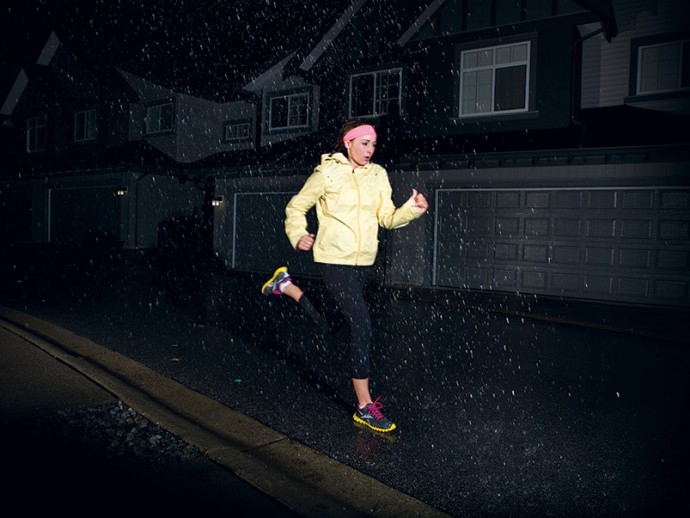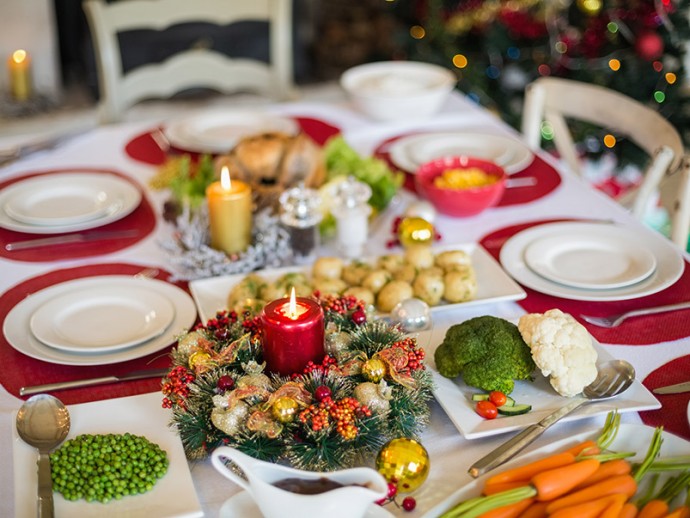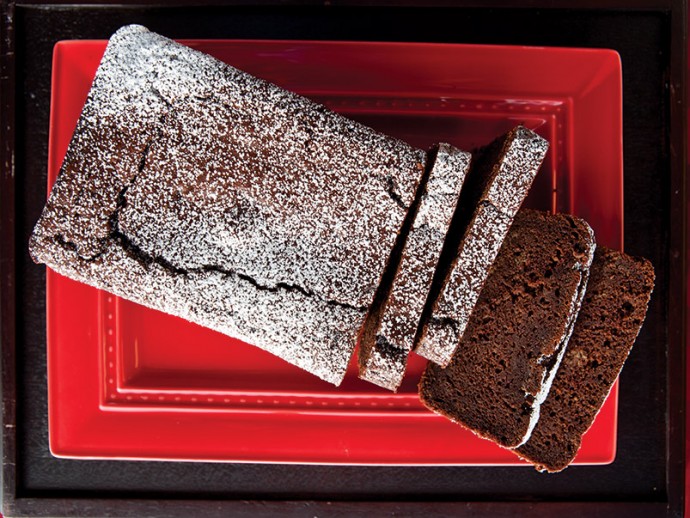
Falling temperatures often signal the end of running season—but that doesn’t have to be the case.
Start by warming up with trunk rotations, leg swings, half squats and high lunges. Stay warm by wearing proper clothing.
What to wear
Before you step out the door, you have to know what you are stepping into. Check your local weather forecast hours or a day ahead of time. This will dictate what you wear. When dealing with winter weather conditions, there is one word that will serve you well: layering.
Outerwear
For wet or cool weather, wear a waterproof outer layer. Temperature will dictate how many additional layers you’ll need to add underneath.
Middle layer
Your middle layer should be lightweight and breathable. Fleece or wool keep you warm and have good wicking properties. Wicking is the fabric’s ability to draw sweat off the skin and keep it off so that skin doesn’t cool and body temperature doesn’t drop suddenly.
Base layer
Your base layer should be a little more form-fitting to insulate well. It should be breathable, and ideally it should also have wicking properties. This is especially desirable in sub-zero temperatures where a sudden drop in body temperature can be uncomfortable or even fatal.
Tights or running pants
You may be warm enough with a pair of tights, but in very cold weather (-20 C [-4 F] or lower), you can layer a wicking inner layer of tights with an outer windproof layer of track pants.
Accessories
On the periphery, gloves, neck gaiters and hats made of wool or neoprene provide excellent insulation for areas that let body heat escape.
Socks
Avoid cotton socks. Cotton tends to retain moisture, which can lead to cold, wet toes and blisters. Instead, opt for socks made of breathable wool fibers and polypropylene. These are known as hydrophobic fibers, which wick sweat away from the feet to keep your tootsies dry.
Shoes
With ice and snow in mind, you may want to select a slightly weightier pair of runners with good treads to keep you right side up. To keep your feet dry, select a shoe with waterproof uppers.
Your best bet is to visit your local running experts to have your foot and stride examined. They’ll help you choose the pair of shoes most suitable for your running conditions.
Visible components
Consider wearing reflective clothing to combat the darkness. Bright clothes and reflective surfaces keep you visible and safe. Remember to carry ID.
Your best accessory: a friend
Your chances of stepping in a pothole, falling on black ice or being hit by a car are far greater when you can’t see well, which is often the case in winter. Running with a friend not only makes running more social and enjoyable, but it also gives you an extra pair of eyes to watch out for danger. In addition, it ensures that if something does go wrong, you’ll have someone there who can help you immediately.
Layering 101
| Temperature | Clothing |
| -5 to -10 C (23 to 14 F) | Wear a synthetic outer layer to wick moisture and keep you dry. |
| -10 to -20 C (14 to -4 F) | Add a shell, like a nylon windbreaker, on top to block the wind. |
| -20 C (-4 F) and below | Add another inner layer for warmth. |






